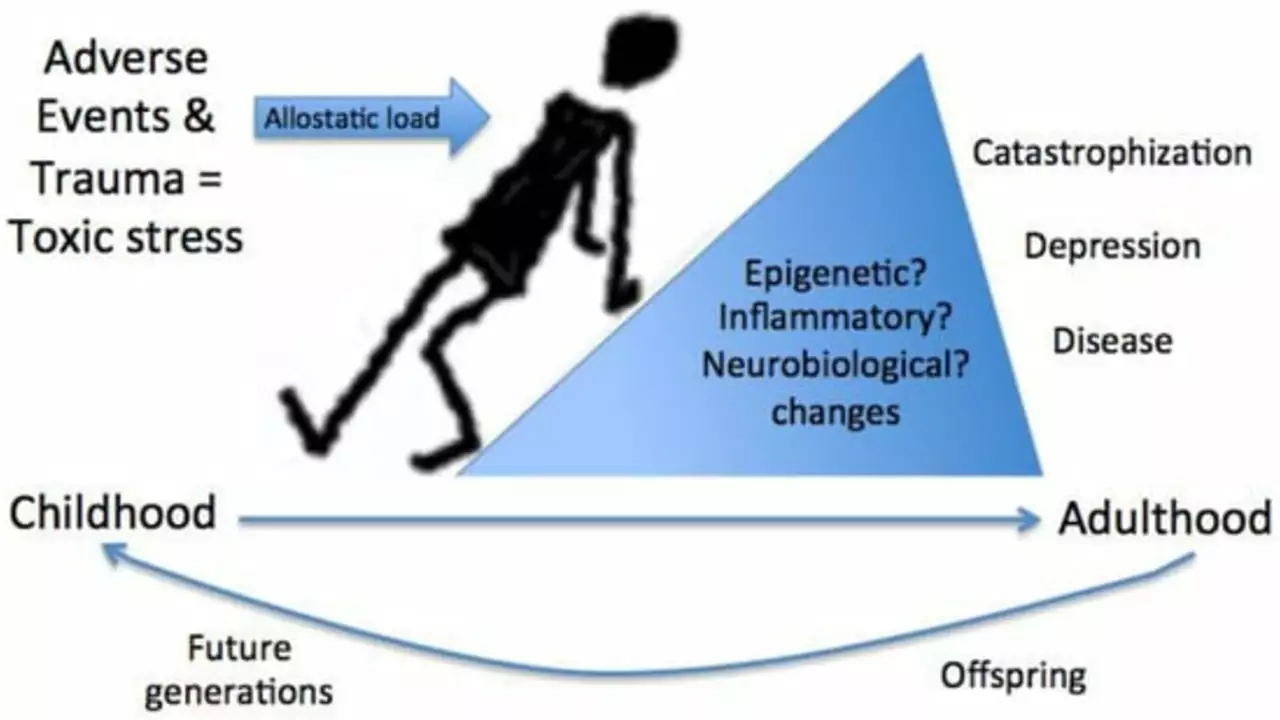Depression: Practical help with medications, side effects and safe online buying
Feeling overwhelmed by depression and confused about meds? You’re not alone. This tag page gathers clear, practical articles on antidepressants, side effects, switching drugs, and safe ways to buy medication online. Think of this as a shortcut to useful, real-world advice—no fluff, just what helps people manage treatment and stay safe.
How to pick and use antidepressants
Choosing a medication starts with symptoms and side effects. SSRIs like escitalopram often work well for low energy and anxiety, while older drugs such as amitriptyline might help when pain or sleep problems are also present. Read our Escitalopram guide and the Amitriptyline overview to compare real pros and cons.
Practical tips: give a new antidepressant 4–8 weeks at a steady dose before judging effectiveness; tell your prescriber about other meds and health conditions; track mood and side effects in a simple daily log so you can discuss trends, not just moments.
Side effects, monitoring and switching safely
Side effects vary—nausea, sexual changes, sleep shifts, or rare but serious reactions like rashes. Our Lamotrigine and Imipramine articles explain common pitfalls and screening steps pharmacists use to avoid dangerous interactions. If side effects are bad, don’t stop suddenly. Contact your doctor; many drugs need a slow taper or a guided switch to a different class.
If you or your clinician decide to switch meds, ask for a conversion plan and follow-up checks. Simple lab tests or a phone check-in two weeks after a dose change often prevent bigger problems.
Worried about cost or access? We have step-by-step guides on safely buying meds online. The Escitalopram and Oxcarbazepine articles give tips on spotting legit pharmacies—look for clear contact info, prescription requirements, and verified payment methods. Never buy controlled or prescription meds without a valid prescription from a licensed clinician.
Beyond pills: combine medication with therapy, sleep hygiene, exercise, and routine. Small changes—regular sleep times, 20 minutes of brisk walking most days, and a simple CBT workbook—add up. If symptoms include thoughts of self-harm, get immediate help from local emergency services or crisis lines.
Want specific reads? Start with "How to Safely Buy Escitalopram Online," "Amitriptyline Uses," and the pharmacist’s "Imipramine Co-Prescription" checklist. Each article gives concrete steps you can use the same day.
Need help navigating your options? Use these resources to prepare questions for your prescriber: what to expect, side effects to watch for, how long until it helps, and how we’ll monitor progress. That makes appointments more productive and safer for you.

- 11 Comments
In my recent exploration, I've delved into the profound connection between childhood trauma and depression in adulthood. It seems that traumatic experiences during formative years can significantly increase the likelihood of depressive disorders later in life. Emotional, physical, or sexual abuse, as well as neglect, can leave deep psychological scars that may manifest as depression in adulthood. Additionally, the coping mechanisms children develop to survive such trauma can lead to mental health issues. This further emphasizes the critical importance of early intervention and support for children who have experienced trauma.
- 12 Comments
As a blogger, I've come across an interesting topic about the connection between obesity and depression. It seems that there is a complex relationship between the two, as they can both influence and exacerbate each other. Studies have shown that people with obesity are more likely to develop depression, and vice versa. This can create a vicious cycle, where depression leads to overeating and weight gain, while obesity contributes to feelings of sadness and hopelessness. It's crucial for us to understand this connection better, in order to develop effective strategies to break this cycle and improve overall mental and physical health.
